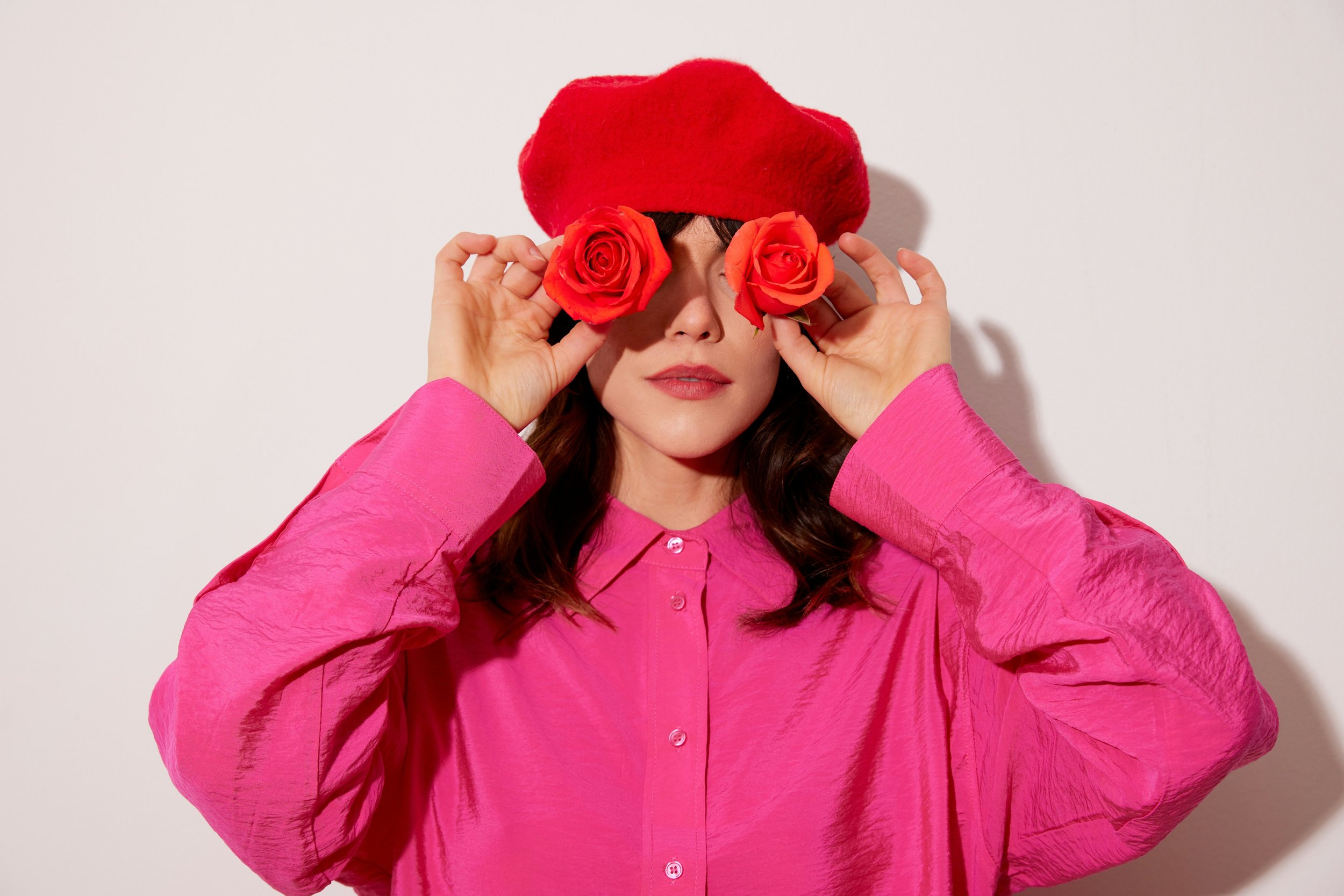A Happier Social Place
The content must becomes the protagonist.
Putting the artifact at the center of a conversation nurtures reflective, productive spaces with intentionality.
Pinterest isn’t a social platform. That much we knew for sure. The problem was, when I worked there back in 2016, just six years into its formation, we didn’t quite know what it was, either. After months of whiteboarding and soul-searching with co-founder Evan Sharp, we came up with our best mission statement to date: Pinterest was “a place to discover and do the things you love.” It became our directive for building features and designing brand campaigns; it helped focus and rally the teams. It became the 10-word mantra that led an 18-month strategy for all functions of the company. It didn’t, however, solve our social problem. There was an undeniable social component to the platform that we couldn’t articulate, since after all, you’re only actually able to find the things you love through others who saved those same things before you. So what were we?
This led to all sorts of tensions. We struggled to identify where we fit in the marketplace. Advertisers didn’t quite understand which of their budgets we came out of. We had direct messaging on the platform, but tried to discourage tangential conversations that weren’t about the Pins themselves. We knew we had a special value proposition because we seemed to be making people happier… but that didn’t quite fit in a social megaworld where online communities seemed to be making people less happy overall.
Nearly 10 years later, Pinterest has secured its place in a market of one. It has successfully doubled down on being somehow both a social media company and a happy place. I wish I could take credit for this revelation but it happened long after I left. Today Pinterest is a unique world away from overly saturated social spaces inviting judgment and pressure. Instead, Pinterest has become a brand that represents reflective, productive spaces filled with positivity. Phoebe Dodds, a digital marketing strategist said it best: “[Pinterest] is inherently inwards-facing, because you’re collecting content for yourself. Instagram and TikTok, on the other hand, are outward-facing. On those platforms, you’re essentially performing for your audience, and the success of your content depends on how much they like what you post.” When it comes to Pinterest, she says, “Forget vanity metrics.” “I like to call [Pinterest] the golden retriever of social media because it feels like such a safe space,” Jessica Morrobel, a lifestyle content creator says.
10 years later and I’ve evolved, too. At Honor Education, we’re reimagining the future of digital education. The company was founded on the simple belief that we learn better when we learn together. For too long, technology has somehow hindered human connection in the online learning space rather than nurture it. How is this possible? We are faced with a similar conundrum: how can we nurture a vibrant, social space for learning while avoiding familiar destructive behaviors online like one-upmanship and bullying? How can we learn from the mistakes of social media’s pitfalls and build online spaces to learn with more equity, not less?
The kind of social learning that we build must put human connection — not avatars or AI — at the center of learning. The secret, like Pinterest, is that once the content itself becomes the protagonist, the pressure’s off of us. Putting the artifact at the center of a conversation nurtures reflective, productive spaces with intentionality. Reacting individually becomes not a means to an end, but rather a launch pad into a shared community that together creates richer content. When someone is unclear, others chime in. No one is left behind. We rally toward understanding, not tangents.
Like Pinterest, I believe online education technology companies like Honor have an opportunity to blur the line between being a place for inward sole-searching and outward community-building. By setting intentions in education within a social framework, we build stronger bonds to the learning material, to each other, and to ourselves. For the future of learning, for the future of becoming good citizens, I hope we make it.


